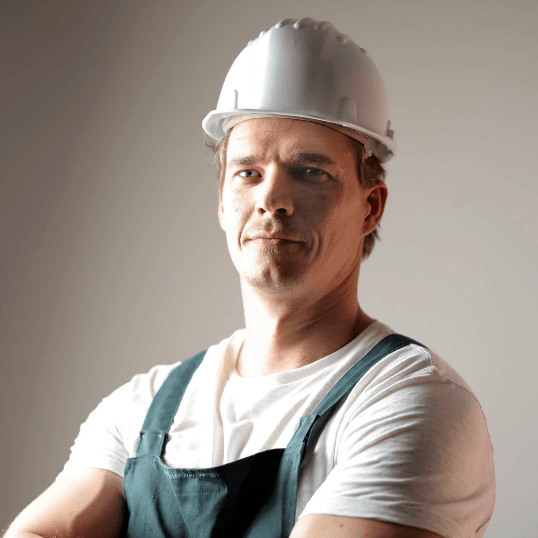Fine grain counts !
The purpose of normalizing steel is to form a uniform and as fine-grained as possible structure with a rather round grain, independent of the pre-treatment. Unalloyed steels in particular have the best combination of strength and toughness in the normalized state. The condition of the so-called normal structure with the original strength and toughness of the steel can always be restored and reproduced by normalizing, regardless of the type of initial structure or pre-treatment.
Normalizing is necessary, for example, after a cold rolling process. The stretched microstructure grains created during rolling are converted back into a round shape by normalizing. This improves the toughness of the workpiece and allows further forming without the workpiece cracking. Welding processes can lead to coarse grain formation with too little strength. Normalizing reduces the grain size again and thus increases the strength.
In steel castings with 0.15 % to 0.35 % carbon, undesirable, acicular ferrite can form in some areas as a result of uneven cooling. This process leads to lower toughness. Normalizing dissolves the ferrite and improves the toughness again. Unalloyed steels with C-content < 0.8% (under-eutectoid) are completely austenitised by normalising, whereby the annealing temperature is 30 to 50°C above Ac3 (G-S line in the iron-carbon diagram) – i.e. in the range of 800 °C to 950 °C. The annealing temperature should be between 680 °C and 950 °C. Heating should be as fast as possible between 680°C and Ac3.
Steels with C-content > 0.8% (hypereutectoid) are annealed at a lower temperature of about 30 °C to 60 °C above the Ac1 temperature (S-K range in the iron-carbon diagram, Ac1 equals 723 °C) to avoid complete austenitisation. The holding time during normalizing should be approx. 60 minutes + wall thickness in mm to avoid coarse grain formation. After the end of the holding time, cooling should first be carried out in air (outside the furnace) up to approx. 600 °C, then up to approx. 300 °C again in the furnace to avoid the formation of high residual stresses.
Want to know more?
Do you want more information about induction heating and the available options? Contact Smit Heat Treatment and one of our specialists will be happy to help you.


Want to know more?
Do you want more information about induction heating and the available options? Contact Smit Heat Treatment and one of our specialists will be happy to help you.

